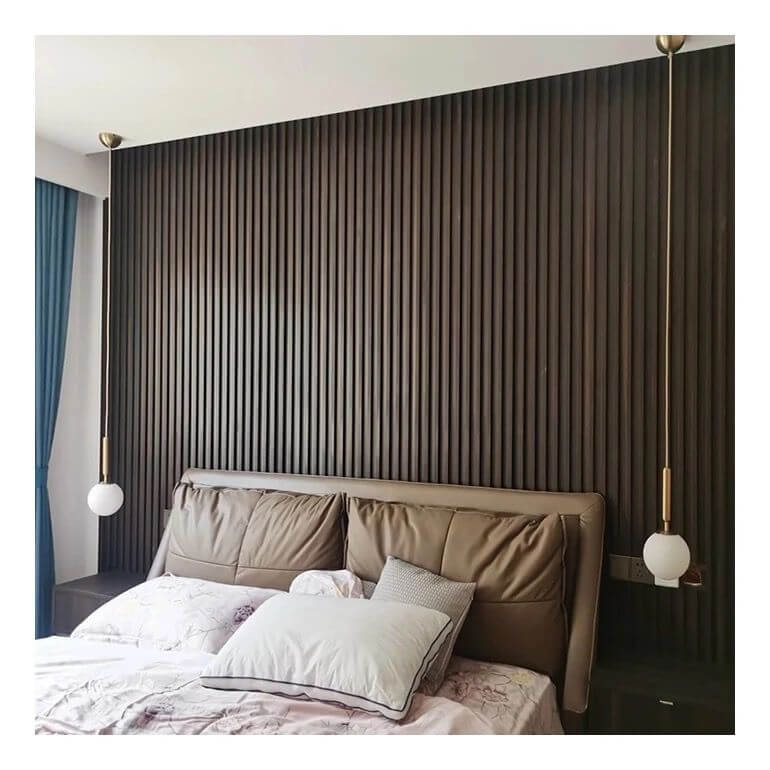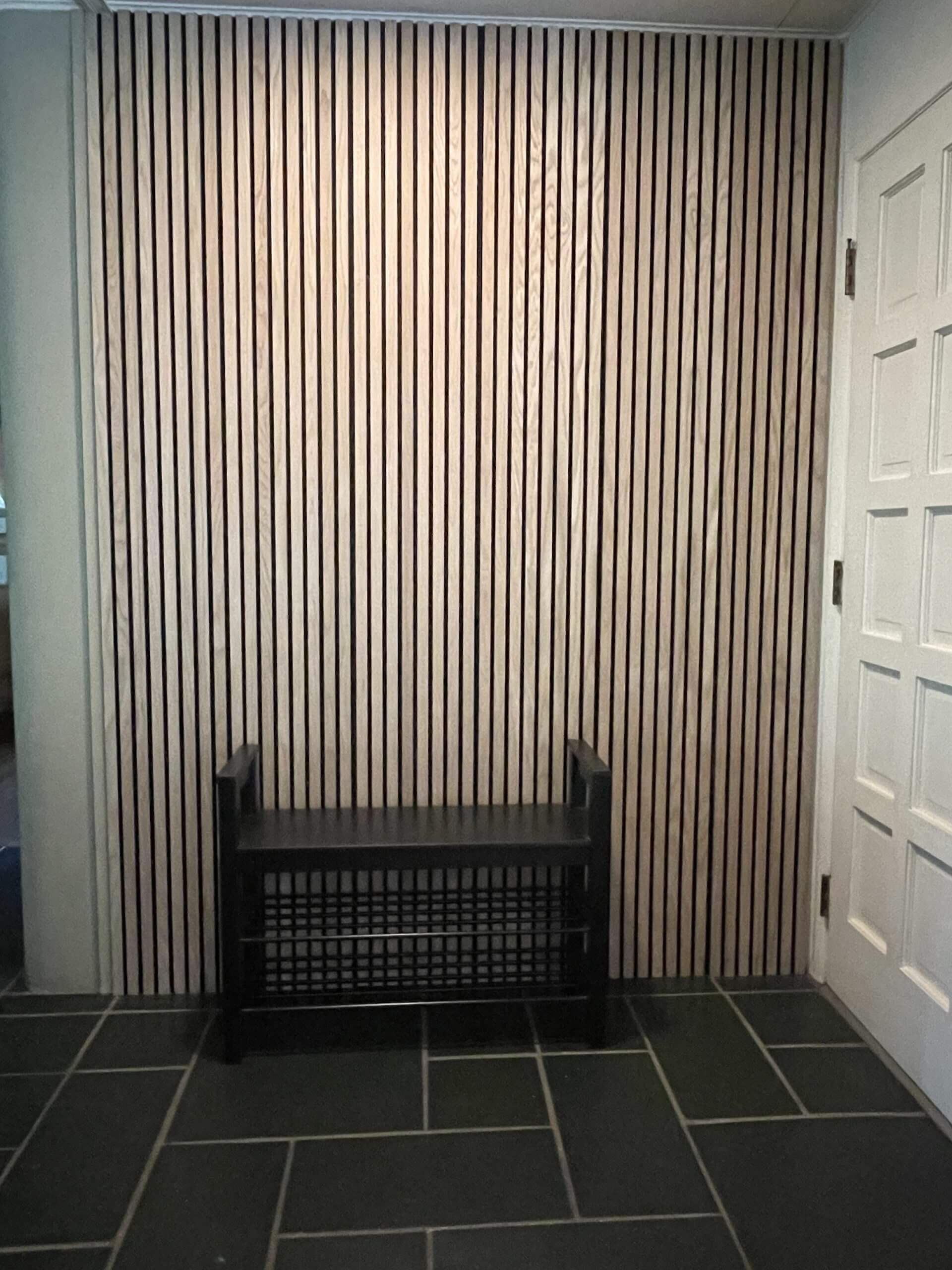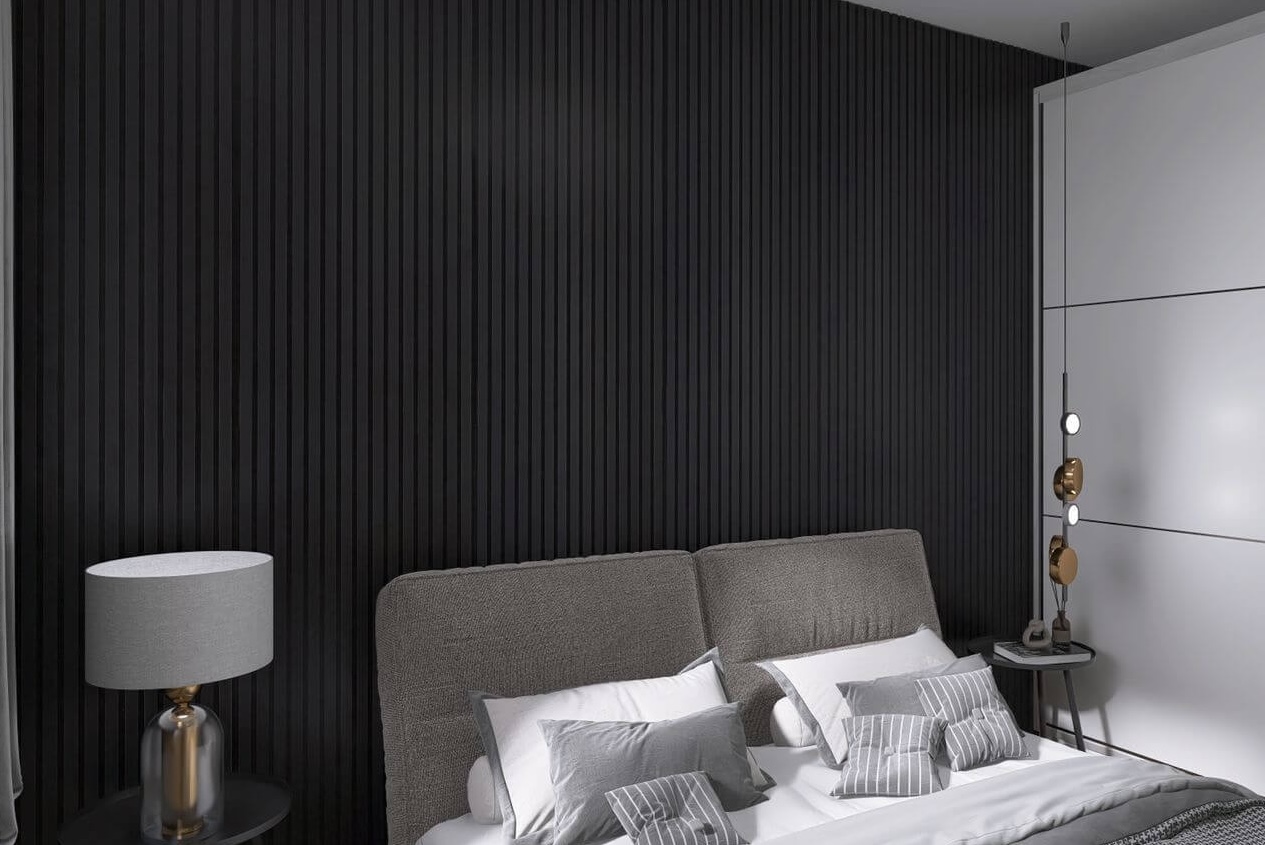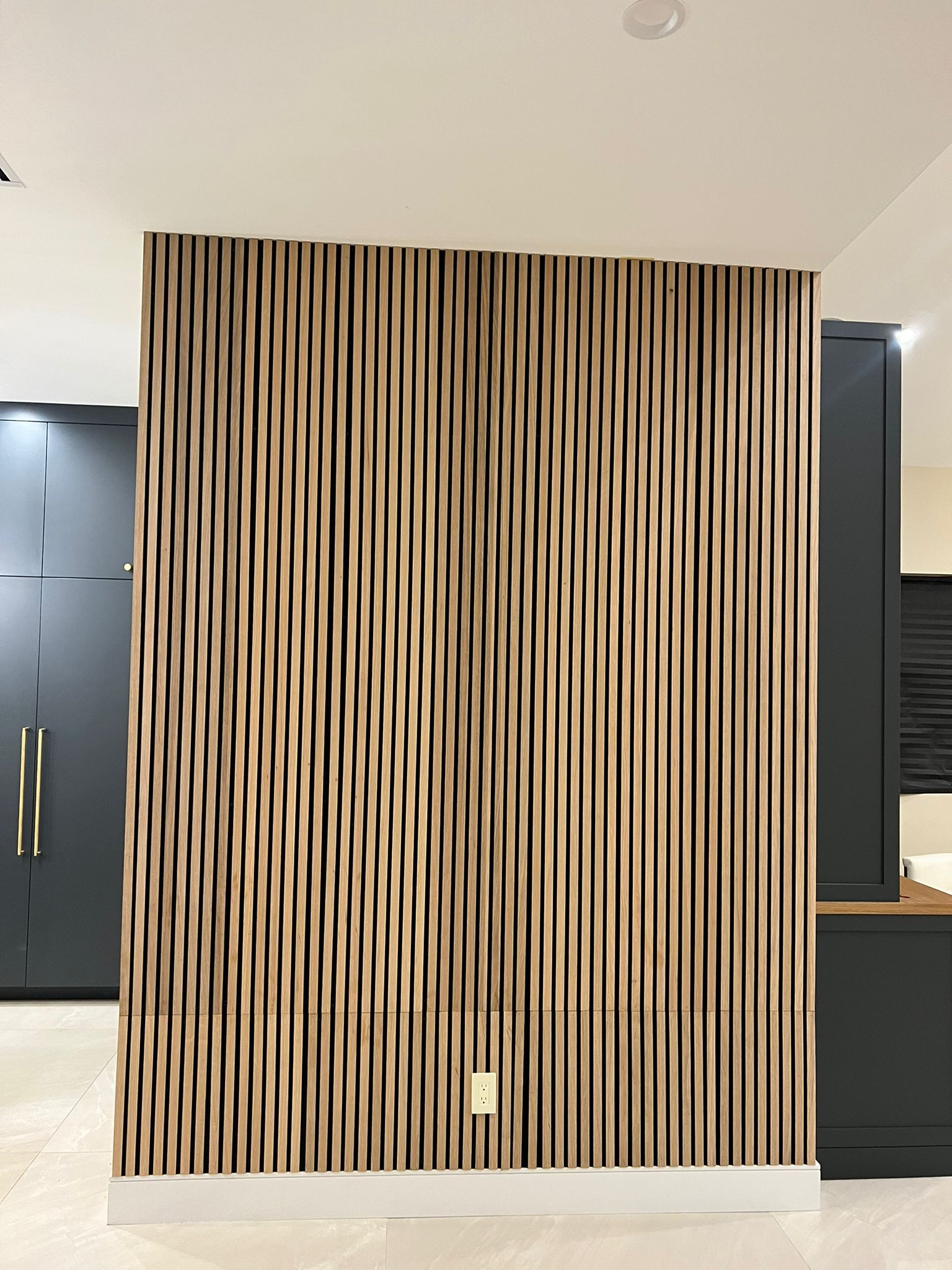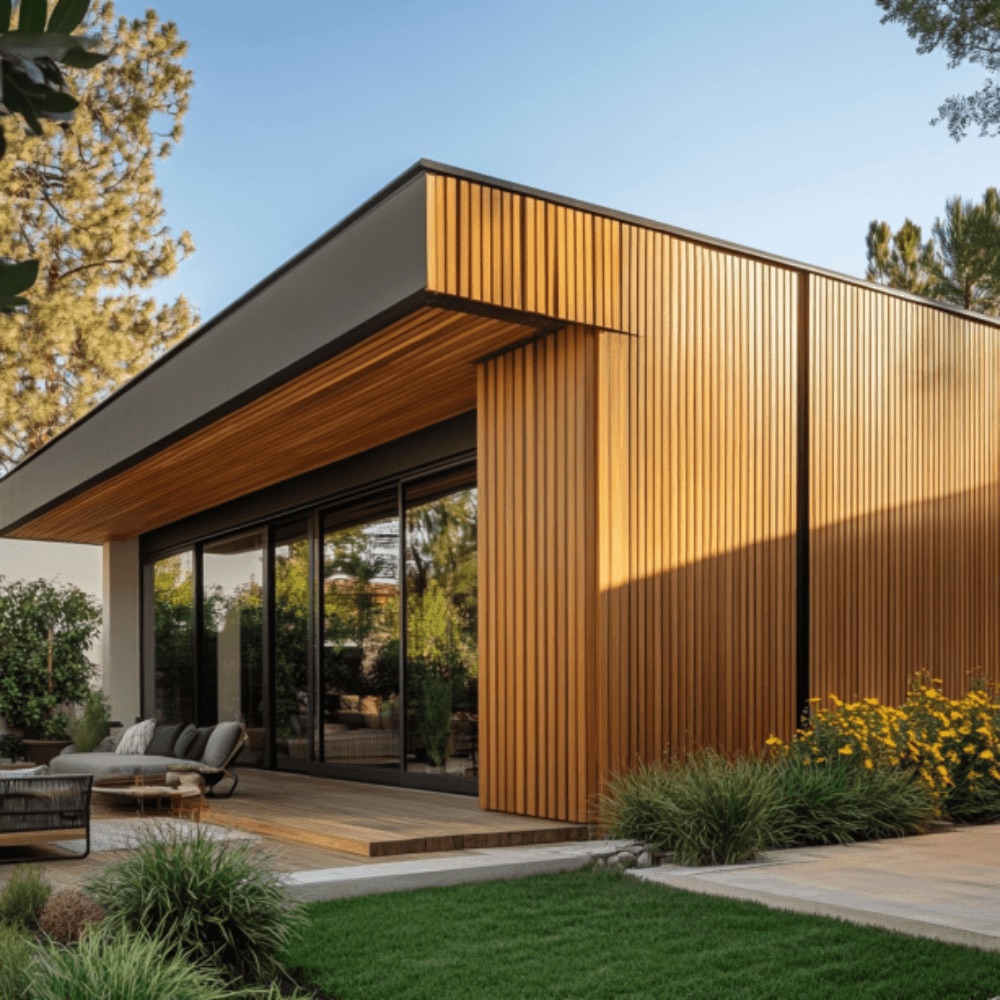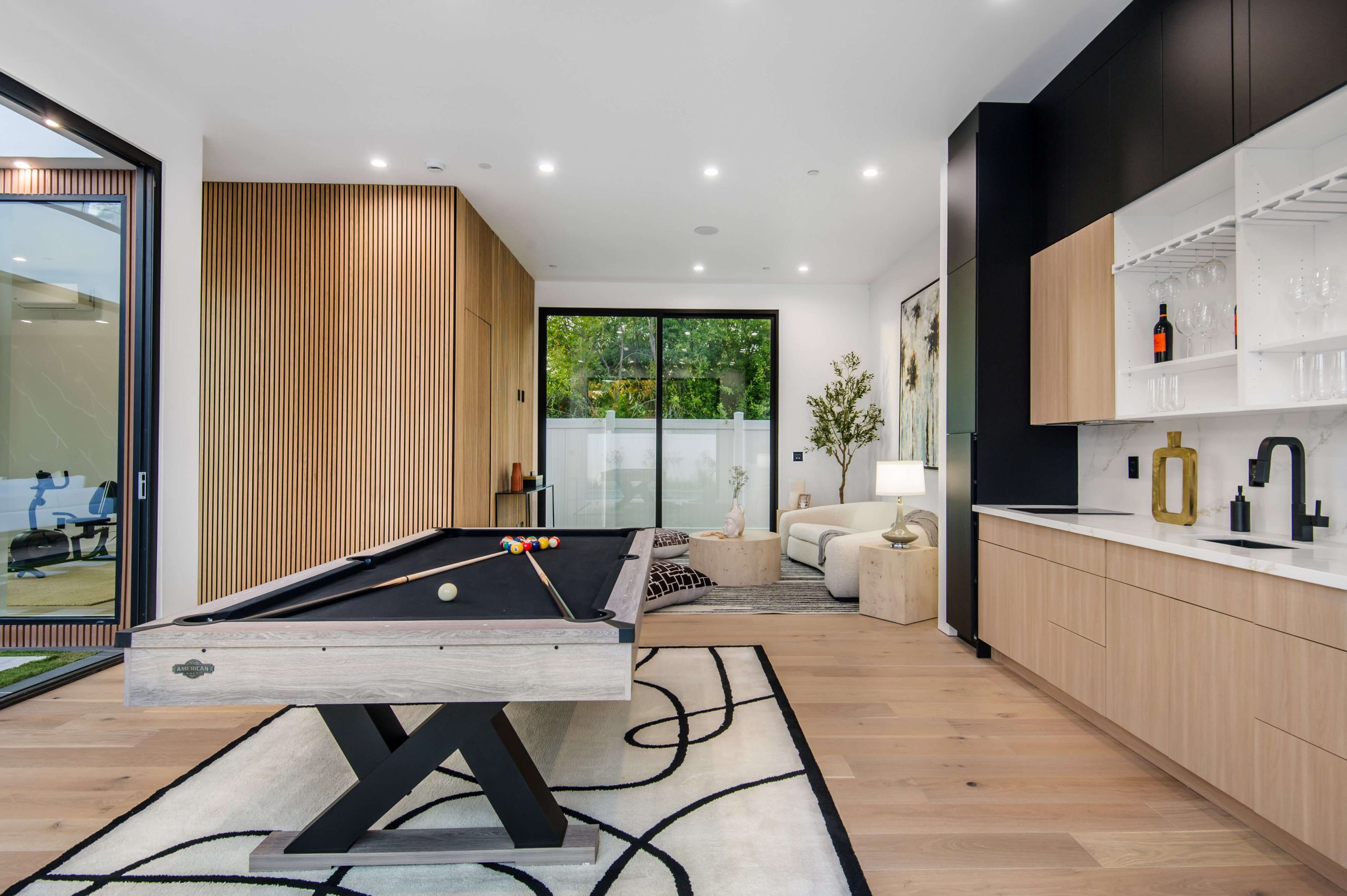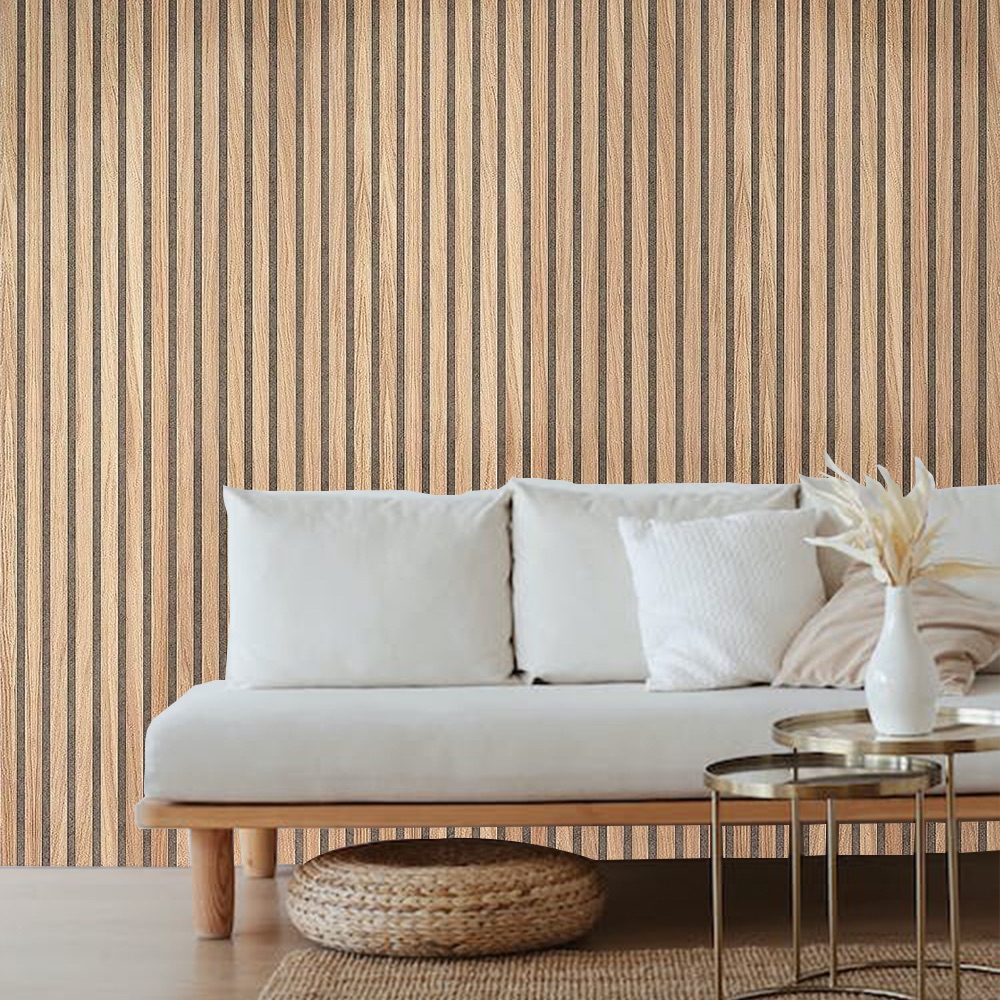Wood panel walls are more than just a passing interior trend—they are a timeless design choice that enhances both functionality and aesthetics. This resurgence is driven by the desire for natural elements in interior spaces. Homeowners and designers alike are embracing organic materials, seeking to create cozy yet stylish environments that connect with nature.
Wood panels bring a unique sense of depth and character, offering a refreshing alternative to plain painted walls. With various styles, finishes, and installation techniques available, wood paneling is an incredibly versatile design element that complements both classic and modern interiors.
Table of Contents
Benefits of Using Wood Panel Walls in Your Space
1. Adds Warmth and Texture
One of the biggest reasons for the growing popularity of wood panels is the warmth and texture they bring to a space. Unlike flat, painted walls, wood panels create depth and interest, making rooms feel more inviting and comfortable.
2. Enhances Insulation and Soundproofing
Wood has natural insulating properties, helping to maintain a room’s temperature and even reducing energy costs. Additionally, it acts as a sound barrier, making it a great choice for home offices, bedrooms, or entertainment spaces where noise reduction is important.
3. Offers Endless Design Possibilities
From traditional to contemporary styles, wood panels come in various textures, finishes, and patterns. You can choose from classic shiplap, sleek slat walls, or even reclaimed wood for a rustic feel. Each option brings its own unique charm, allowing you to personalize your space effortlessly.
4. Easy to Maintain and Durable
With proper care, wood panels can last for decades. Unlike wallpaper that may peel or paint that requires frequent touch-ups, high-quality wood paneling is durable and easy to clean. A simple dusting or occasional polishing keeps it looking fresh and new.
5. Boosts Home Value
Investing in wood panel walls can enhance the overall aesthetic appeal of your home, making it more attractive to potential buyers. The added elegance and warmth can increase your property’s value, making it a smart long-term investment.
Types of Wood Panel Walls and Their Unique Appeal
Understanding different types of wood panels can help you choose the best style for your space. Below are some of the most popular options:
| Type of Wood Panel | Description | Best For |
|---|---|---|
| Shiplap Panels | Horizontal boards with slight gaps, creating a clean, modern farmhouse look. | Living rooms, bedrooms, accent walls |
| Slat Wall Panels | Vertical or horizontal slats that add texture and visual interest. | Contemporary spaces, office walls, feature walls |
| Beadboard Panels | Narrow, vertical panels with a grooved texture, often painted white. | Kitchens, bathrooms, classic interiors |
| Reclaimed Wood Panels | Repurposed wood for a rustic, eco-friendly aesthetic. | Rustic homes, industrial-style spaces, cafes |
| Board and Batten | Large wooden boards with thin strips covering seams for a structured look. | Traditional homes, hallways, exterior siding |
How to Incorporate Wood Panel Walls into Your Home
1. Create a Statement Wall
A wood-paneled accent wall is an excellent way to make a bold design statement. Whether behind a bed, sofa, or dining table, it draws attention and adds character without overwhelming the space.
2. Use Panels on Ceilings
Wood panels aren’t just for walls! Installing them on ceilings adds depth and sophistication, making rooms feel more luxurious. This technique works particularly well in living rooms and open-concept areas.
3. Half-Wall Paneling for a Balanced Look
For a subtle approach, consider installing wood panels only halfway up the wall, paired with paint or wallpaper above. This adds a refined touch without making the space feel too enclosed.
4. Mix Wood with Other Materials
Combine wood panels with stone, metal, or glass to create a visually dynamic interior. This blend of textures adds contrast and makes the space feel more balanced and contemporary.
5. DIY or Professional Installation?
If you’re a DIY enthusiast, many wood paneling kits make installation simple. However, for intricate designs or large spaces, hiring a professional ensures a flawless finish and long-lasting results.
Caring for Wood Panel Walls: Maintenance Tips
To keep wood panels looking their best, follow these maintenance tips:
✔ Regular Dusting – Use a soft cloth or microfiber duster to prevent buildup.
✔ Avoid Excess Moisture – Wipe spills immediately and avoid installing untreated wood panels in high-humidity areas.
✔ Polish Occasionally – A wood-safe polish enhances shine and protects against wear.
✔ Recoat or Refinish When Needed – If your panels start looking dull, a fresh coat of stain or sealant can restore their original beauty.
Why This Interior Trend is Here to Stay
The demand for wood panel walls isn’t just a fleeting fad; it’s a design movement that aligns with today’s love for natural, sustainable, and cozy interiors. As people continue to seek warmth and authenticity in their homes, wood panels remain a timeless choice. Their ability to transform any space with elegance and character ensures that this interior trend will stay relevant for years to come.
Frequently Asked Questions (FAQs)
1. Are wood panel walls expensive?
The cost depends on the type of wood and installation method. While solid hardwood panels can be pricey, MDF and engineered wood offer budget-friendly alternatives.
2. Can wood panels be painted or stained?
Yes! Wood panels can be customized with paint, stains, or finishes to match your style and decor.
3. Is wood paneling good for small spaces?
Absolutely! Light-colored panels or vertical slat designs can make a small room appear larger and more open.
4. How do I install wood panels?
Depending on the type, you can use adhesive, nails, or tongue-and-groove interlocking systems. Some options, like peel-and-stick panels, make installation easy for beginners.
5. Is wood paneling environmentally friendly?
Yes, especially if you choose reclaimed wood or sustainably sourced materials. Many manufacturers now offer eco-friendly wood panels that support green building practices.

